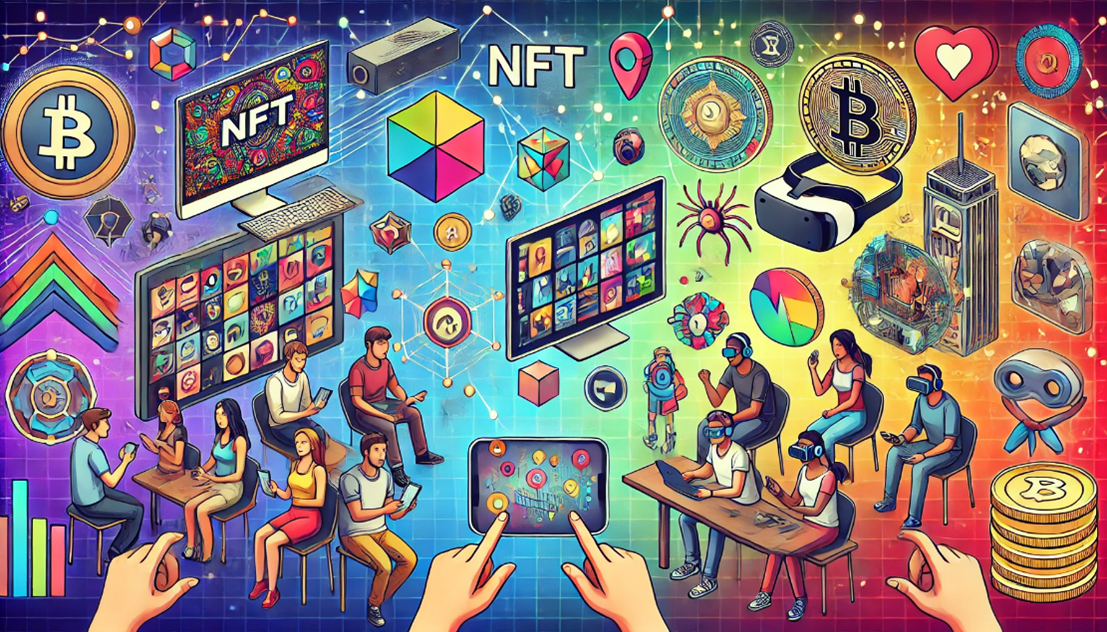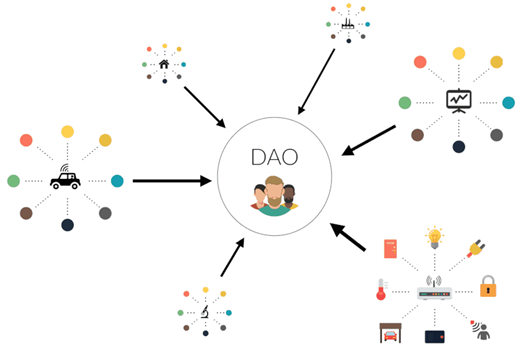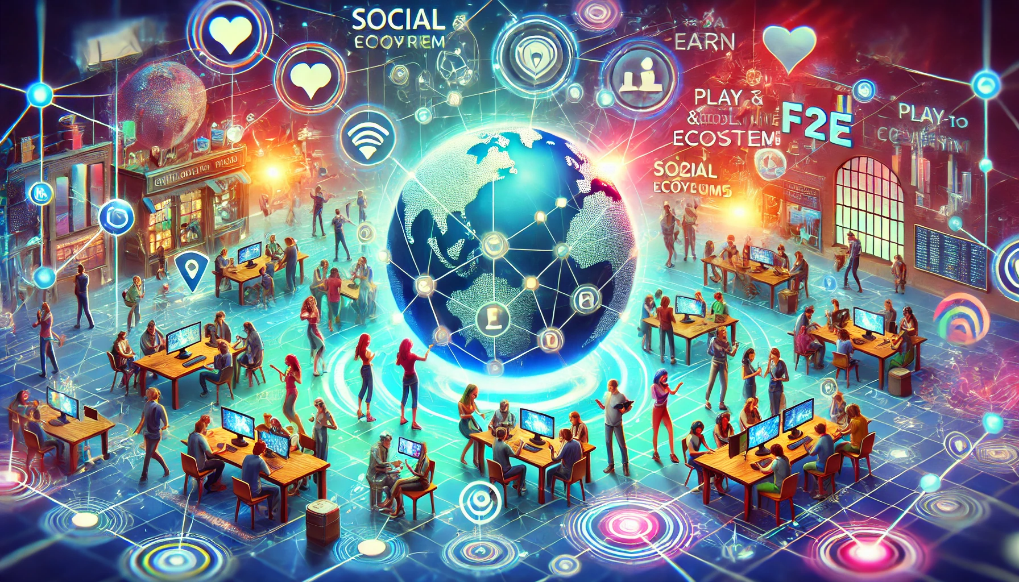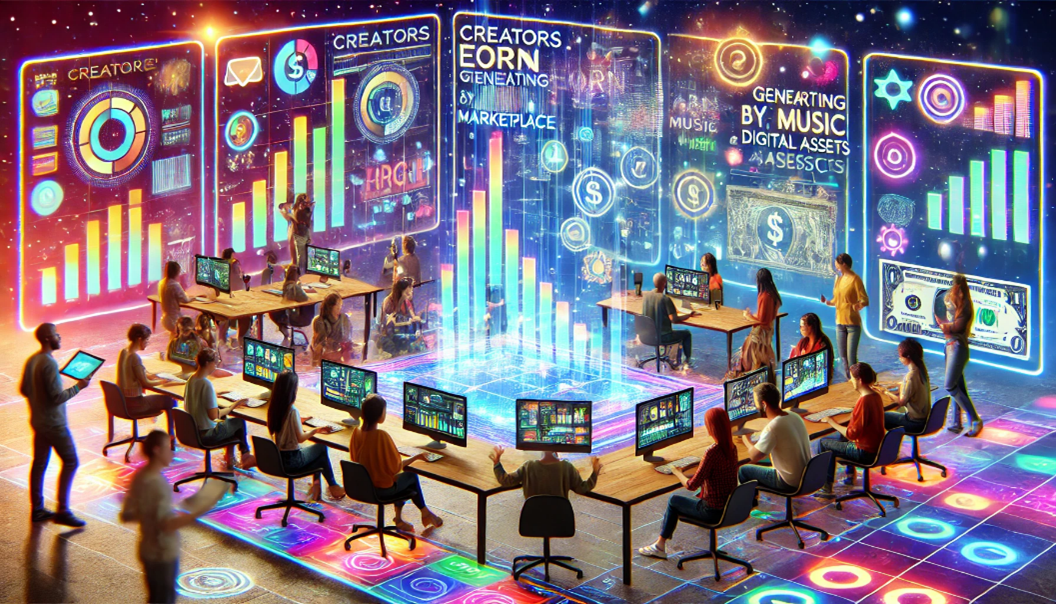Social interactions and collaborations within P2E ecosystems

Social interactions and collaborations within P2E ecosystems
by Maximilian 04:17pm Jan 14, 2025
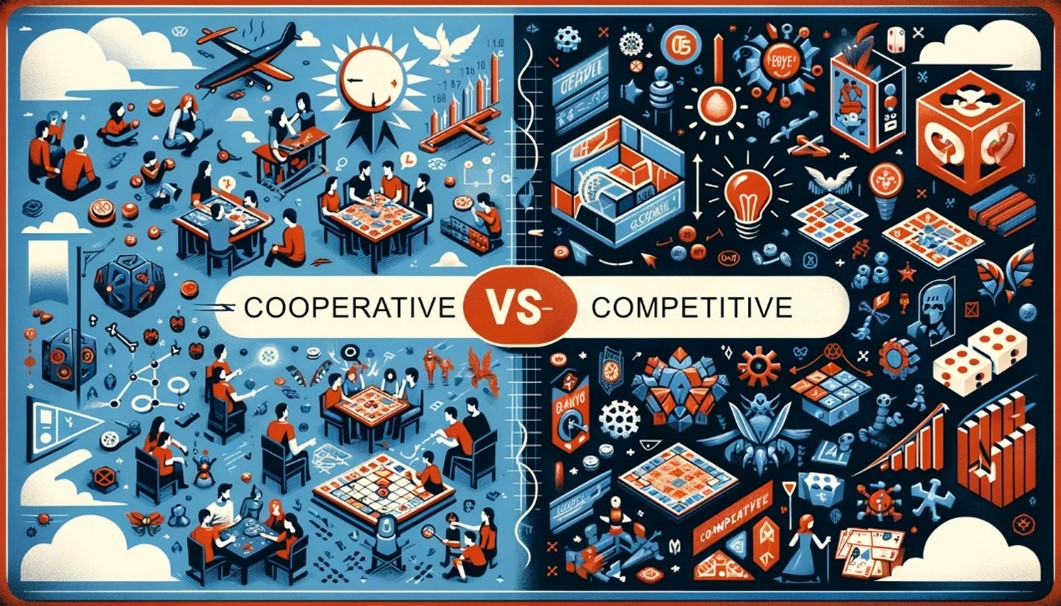
Social interactions and collaborations within Play-to-Earn (P2E) ecosystems are essential for creating immersive, engaging, and sustainable gaming experiences. These social dynamics foster community growth, strengthen in-game economies, and encourage long-term participation. Here’s how social interactions and collaborations shape P2E ecosystems:
1. Guilds and Team-Based Gameplay
Formation of Guilds: Players often form guilds or gaming clans to collaborate, share resources, and strategize, amplifying their earning potential.
Scholarship Programs: Guilds offer "scholarships" where asset holders lend NFTs to players (scholars) to play on their behalf, sharing profits and lowering entry barriers.
Cooperative Missions: Many P2E games include quests or challenges that require teamwork, encouraging players to collaborate to achieve common goals.
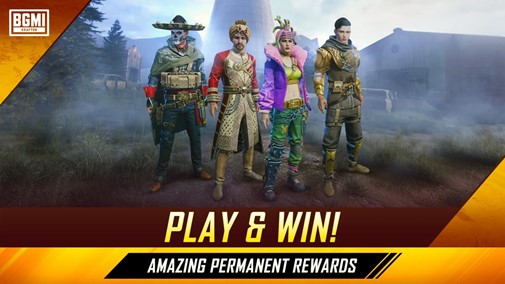
2. Peer-to-Peer Trading and Economic Cooperation
Asset Trading: Social networks within P2E games facilitate peer-to-peer trading of NFTs, in-game items, and cryptocurrencies, enhancing liquidity and market depth.
Marketplace Trust: Social verification within communities builds trust, reducing fraudulent activities in trades and asset exchanges.
Joint Ventures: Players collaborate to invest in expensive assets (like virtual land or rare NFTs), sharing ownership and profits.
3. Social Platforms and Community Hubs
Discord & Telegram Groups: These platforms serve as central hubs for player interaction, game updates, strategy discussions, and forming alliances.
Social Media Campaigns: Players and influencers collaborate to promote games through viral content, driving engagement and new user acquisition.
Community Events: Developers host AMA sessions, virtual meetups, and contests, fostering a sense of belonging and enhancing player loyalty.
4. Competitive and Cooperative Gameplay
Esports and Tournaments: Organized competitive events allow players to showcase skills, win rewards, and gain recognition within the community.
Co-op PvE and PvP Modes: Games with cooperative modes encourage teamwork, while PvP modes create social rivalry, both driving engagement.
Leaderboards and Rankings: Social comparison via rankings encourages competition and motivates players to improve and collaborate.

5. User-Generated Content and Co-Creation
-
Modding and Customization: Some P2E games allow players to create custom content, mods, or skins, fostering creativity and collaboration.
Community Voting: DAO governance lets players collectively decide on game updates, rules, and reward distribution, deepening their involvement.
Storytelling and Role-Playing: Players often co-create stories and narratives within games, enhancing immersion through shared experiences.
6. Cross-Game and Cross-Platform Alliances
Interoperable NFTs: Social collaborations extend beyond single games, with players using NFTs across multiple games in the same ecosystem.
Cross-Platform Play: Partnerships between games and blockchain projects allow communities to interact and collaborate across different platforms.
Multi-Game Guilds: Large guilds manage assets and players across various games, building vast networks that facilitate cross-game cooperation.
7. Knowledge Sharing and Onboarding
Mentorship Programs: Experienced players mentor newcomers, guiding them on gameplay mechanics, earning strategies, and blockchain tools.
Strategy Sharing: Forums and social platforms allow for the exchange of tactics, game insights, and economic strategies.
Educational Content: Community-driven tutorials, videos, and workshops help players navigate complex blockchain aspects of P2E games.

Conclusion
Social interactions and collaborations are the backbone of successful P2E ecosystems. They foster vibrant in-game economies, deepen player engagement, and create inclusive environments that empower players to co-create and thrive. By nurturing social connections and collaborative opportunities, P2E games can sustain long-term growth and community-driven innovation.



